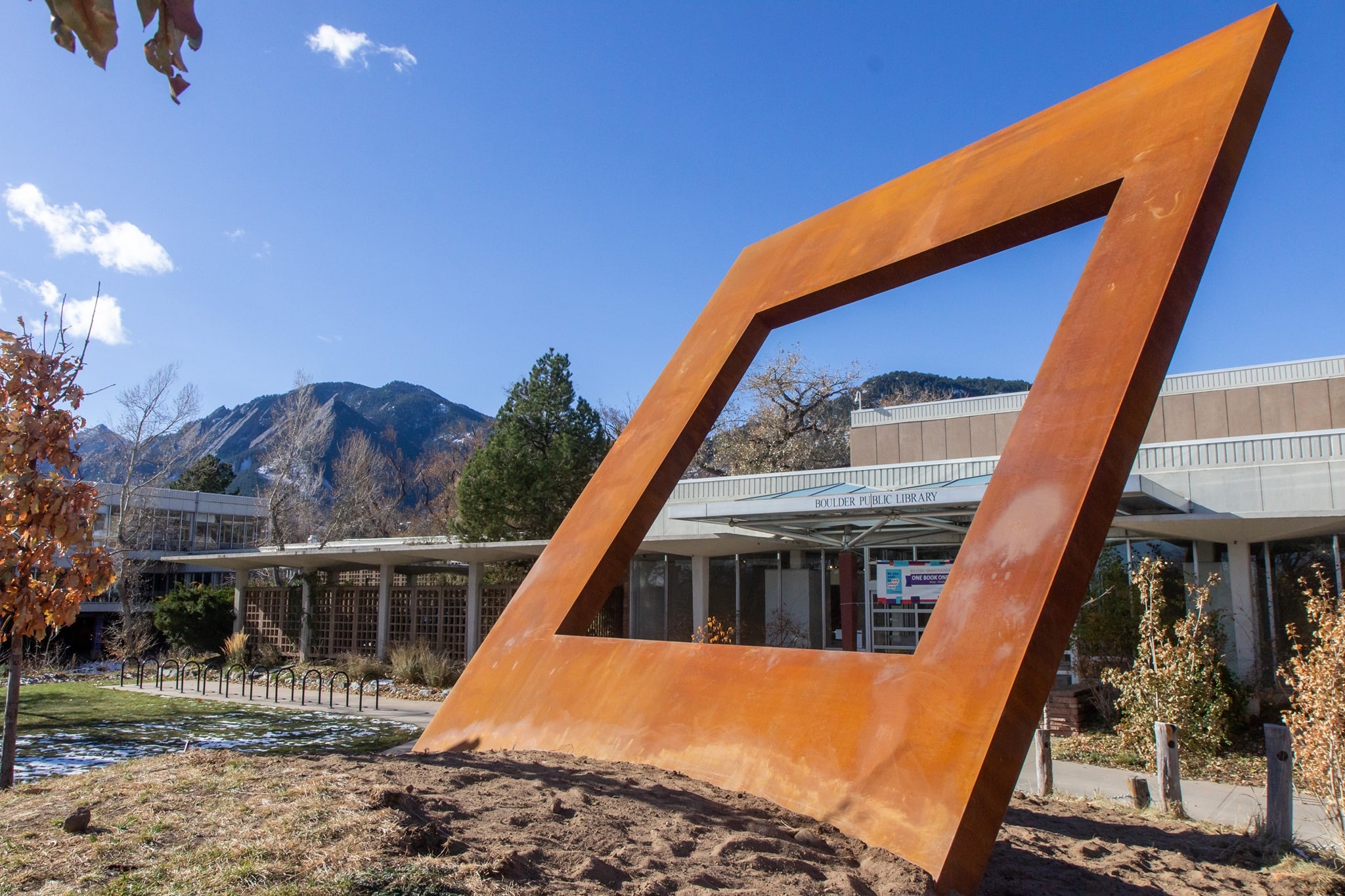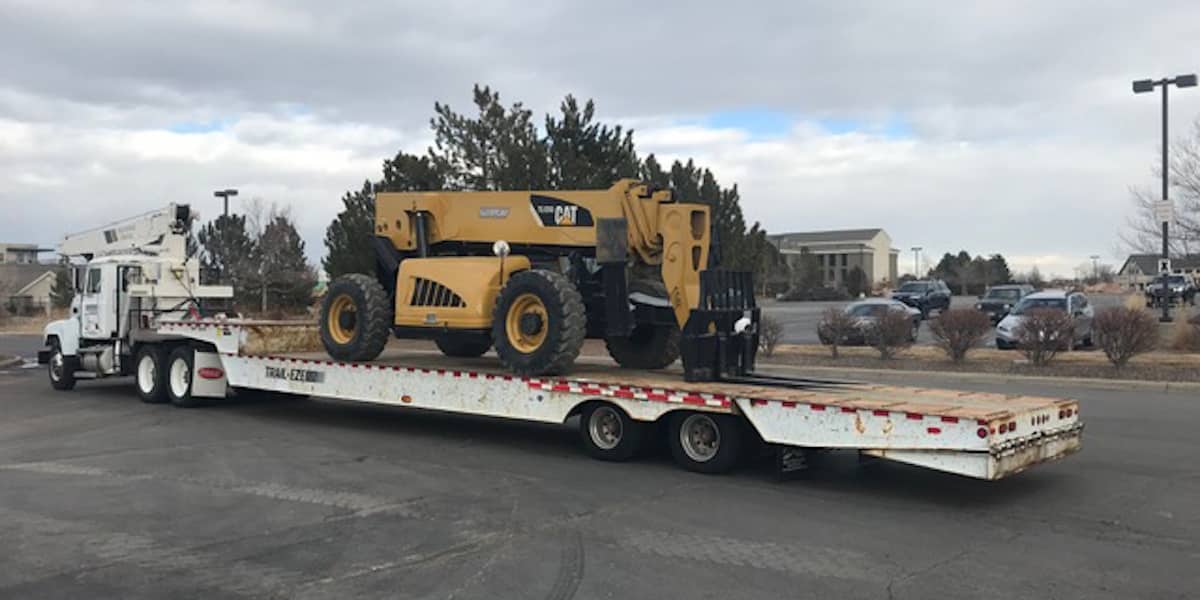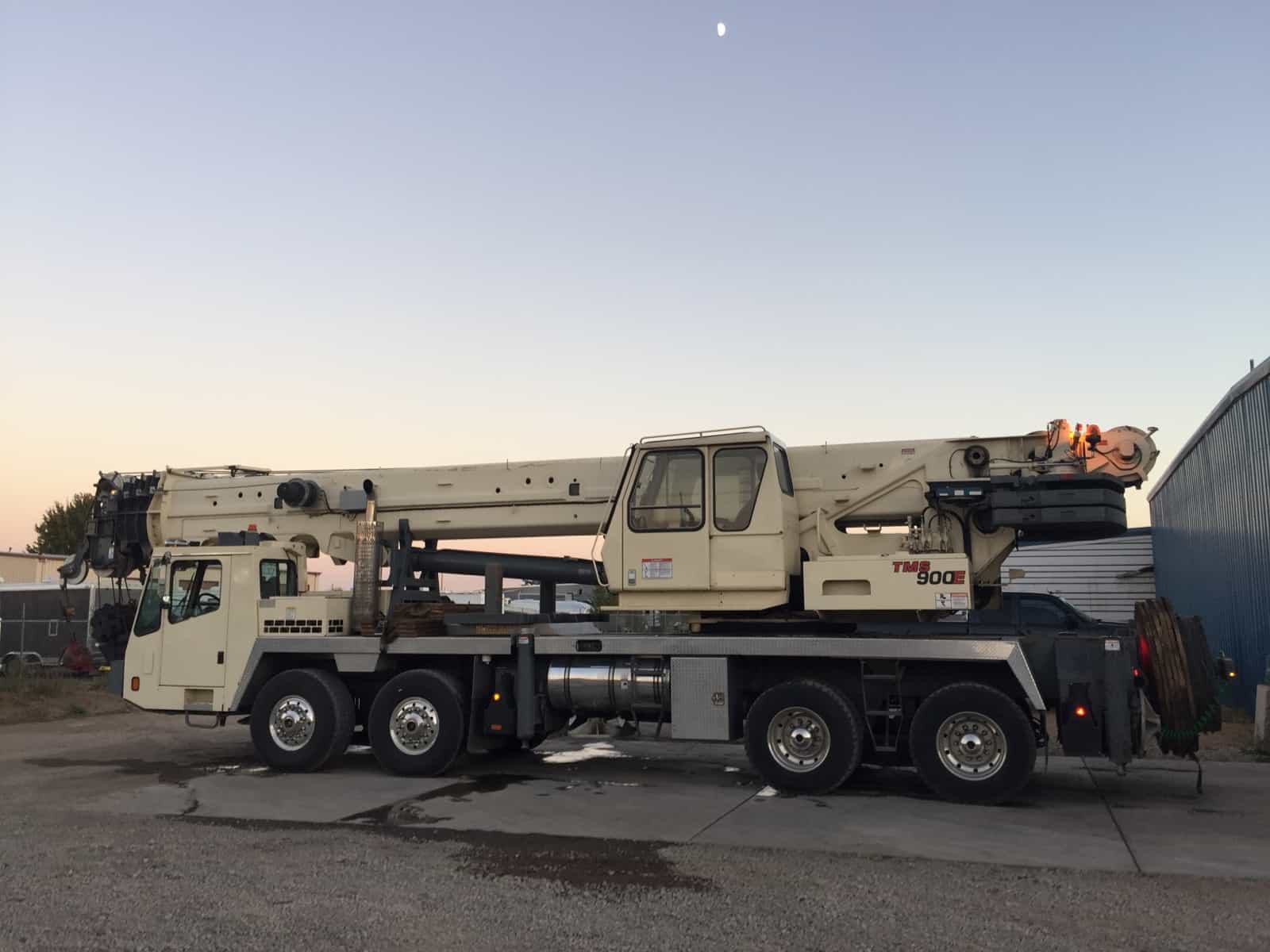Ash trees are as common in urban Colorado as houses and office buildings. In fact, more than 15% of all urban trees in Colorado are Ash. That’s 98,000 in Boulder alone, and almost 1.5 million in Denver. The problem is, because of a highly destructive, non-native insect known as the Emerald Ash Borer, preserving ash trees in Colorado is becoming more dangerous and more difficult than ever.
First detected in Boulder, Colorado, in 2013, the Emerald Ash Borer, or EAB, is responsible for the deaths of millions of ash trees in 30 states now.
“While we can tell you definitively where EAB is known to be in Colorado, and where treatments of high-value, healthy ash are now necessary, it’s impossible to tell you where EAB isn’t located,” says Laura Pottorff, plant-pest quarantine manager for the Colorado Department of Agriculture and lead member of the Colorado Emerald Ash Borer Response Team.
According to Pottorff, the extent of EAB infestation cannot accurately be detected. That is because the pest can live inside an ash tree for as long as four years before showing any signs of infestation.
In Colorado, so far, the infestation has only hit Boulder County. While this is good news for Denver and other urban areas (which have been preparing for the EAB onslaught for years now) it also means that the pest could be starting its way to the northeast now.
Identifying ash trees
Before you do anything, you need to be able to identify whether or not the trees you have are ash trees, and if so, if they are the specific type currently under attack by EAB. The species of ash tree currently under siege include:
- Green Ash (Fraxinus Pennsylvanica)
- White Ash (Fraxinus Nigra)
- Blue Ash (Fraxinus Quadrangulata)
Other woody-type plants such as Mountainash and Pricklyash, while having ASH in the name, are not in the fraxinus species, and thus are not susceptible to EAB.
Ways of telling whether it’s an ash tree or not:
- Branch arrangement: See if the branches are located directly across from one another and not staggered.
- Leaves: Ash tree leaves consist of 5-11 leaflets. Leaflet borders are both smooth and toothed.
- Bark: Mature ash trees have tight bark while younger trees tend to be smoother.
- Seeds: When seeds are on the trees themselves, they are dry and oar-shaped. They typically exist in clusters.
What to do about Emerald Ash Borer
Just because it is difficult to detect, that does not mean nothing can be done about the Emerald Ash Borer. Experts recommend the following measures:
Tree removal
Sounds simple enough, but if you have the type of ash tree susceptible to EAB, one way of avoiding the problem is to just remove the tree and replace it with one not in danger. If your ash tree is old, this option is even more appealing as it might be time to plant a new tree anyway.
Trap trees
While trap trees are usually employed more in the monitoring of the insects than the destruction of them, this method can be used to draw in the destructive little buggers then destroy the adults through the felling of the tree.
Pesticides
If it’s not too late and your ash tree is not yet infected by EAB, pesticides can be used to help avert infestation. Both systemic and foliar pesticides have been known to prevent EAB infestation in ash trees, including the chemicals dinotefuran, imidacloprid, and emamectin benzoate.
Preserving ash trees in Colorado: It’s not too late
While Boulder has seen the worst of it, even larger urban areas like Denver have yet to be overrun by EAB. Denver is home to nearly 1.5 million ash trees and with proper precautionary measures, like strategic tree removal, trap trees, and pesticides, preserving ash trees in Colorado from the dreaded EAB insect is not just an optimistic prospect, but a realistic one as well. If in doubt, please contact a certified arborist for assistance.





One Response
I believe that the little buggers have attacked my nice healthy ash tree. T he foliage was beginning to droop down accross my drive. I started to trim the branches bringing my awareness to small bores in various spot s